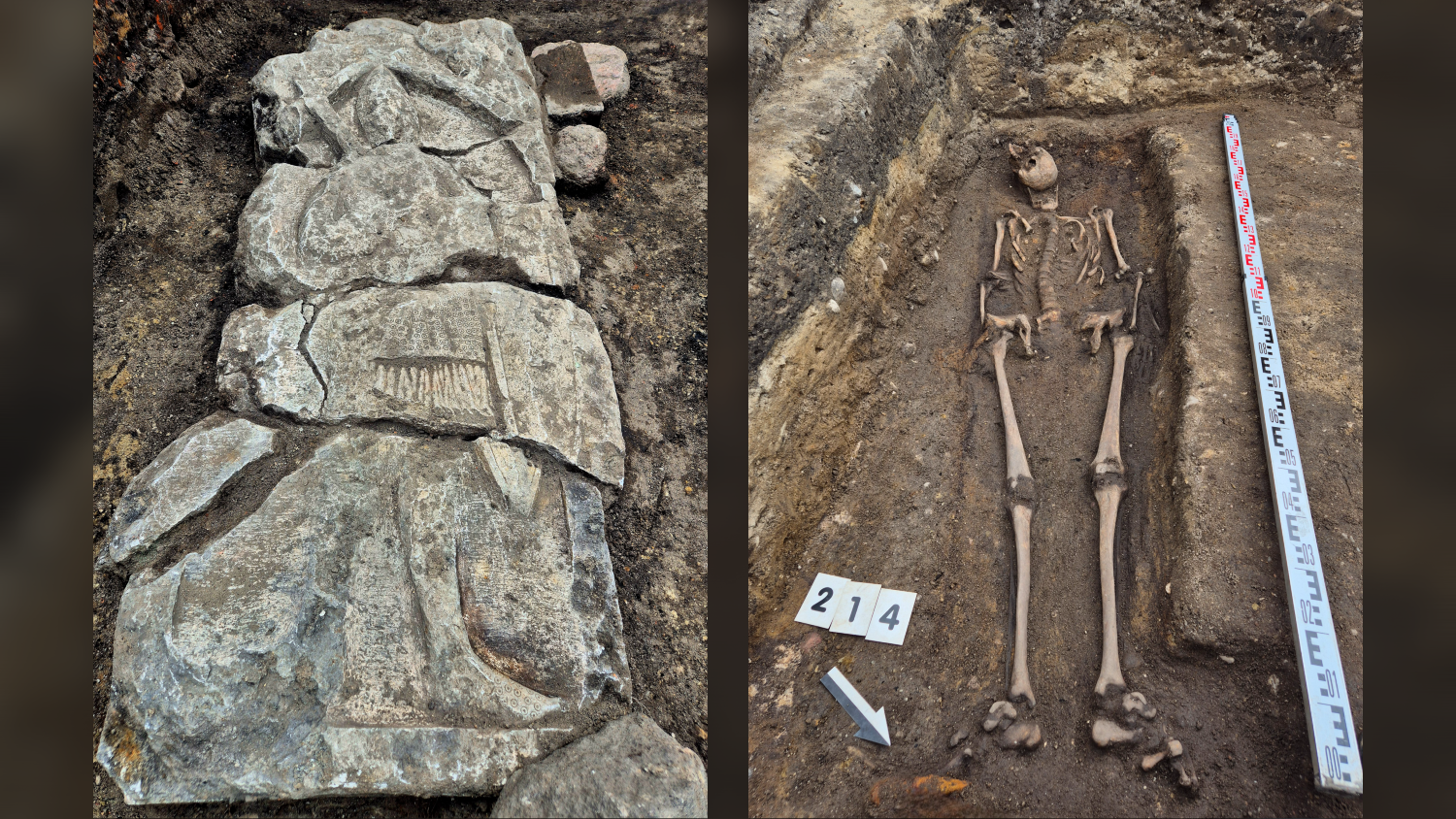
The human large intestine is a 5-foot long, dark, dank and twisting corridor whose repetitive contractions function to squeeze the last remaining drops of water and the final bits of nutrient from feces before expulsion from our bodies.
Aiding the large intestine in this task are trillions of microbes that reside in the gut, where they help digest foods we would otherwise have to avoid. In this way the bugs contribute to our overall health.
Some of these tiny settlers are with us from birth, imparted from our mothers, while others gradually colonize our bodies as we grow. This microbial community is as diverse as any found in Earth's seas or soils, numbering up to 100 trillion individuals and representing more than 1,000 different species.
"This is the densest bacterial ecosystem known in nature," Jeffrey Gordon, a microbiologist at Washington University in St. Louis, told LiveScience. "The density of colonization of the distal gut is just enormous."
Now a significant chunk of genes from those microbes has been decoded.
Using fecal samples from two healthy adult volunteers who did not receive any antibiotics or other medications for a year prior to the study, Gordon and colleagues have described and analyzed more than 60,000 genes from each individual.
The team's findings, detailed in the June 2 issue of the journal Science, will help scientists better understand how these microscopic life forms perform their many functions. It will also help researchers determine whether the microbial communities we each carry inside are evolving as a result of changing diets and lifestyles.
Get the world’s most fascinating discoveries delivered straight to your inbox.
A better understanding of these things could allow scientists to one day manipulate the microbial communities within us in order to improve health.
For example, an upcoming study by Buck Samuel, a graduate student in Gordon's lab and a co-author in the current study, finds that one of the microbes whose genes were analyzed helps determine how much calories we absorb from the food we eat. Called Methanobrevibacter smithii, it eats up hydrogen waste products released by other microbes in our gut and converts it into methane gas, which we release, discreetly or otherwise.
Samuel and colleagues found that mice that have large concentrations of M. smithii in their guts are fatter than those that don't have the bacteria. The finding, which Samuel presented at a recent meeting of the American Society for Microbiology, presents the intriguing possibility that scientists could plant different microbes in our guts to help us gain or lose weight.
